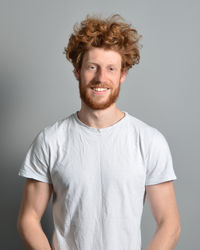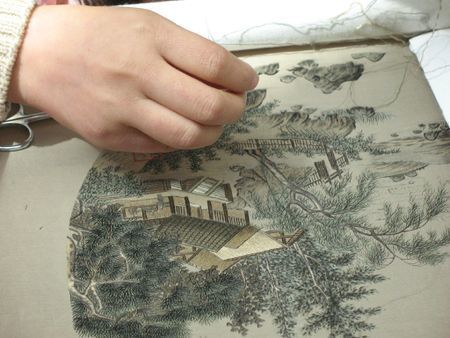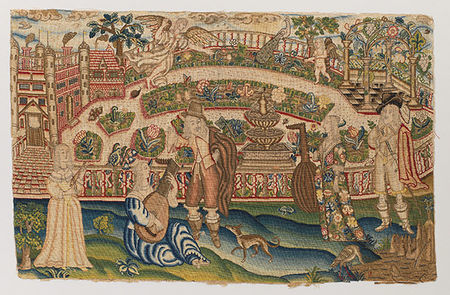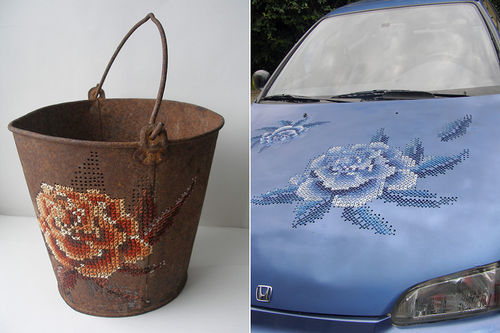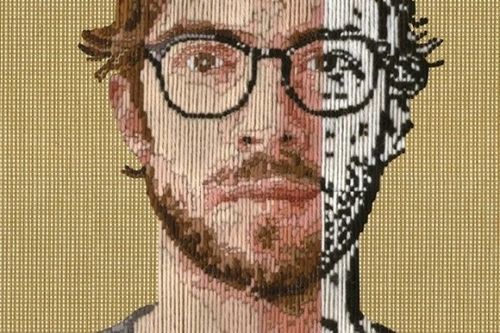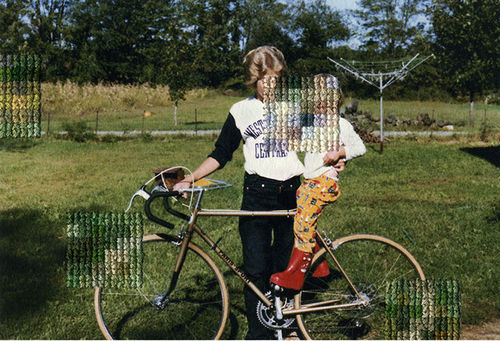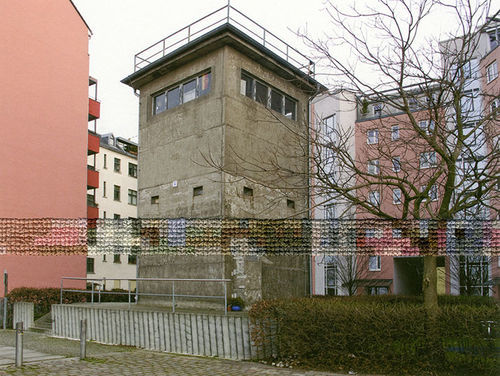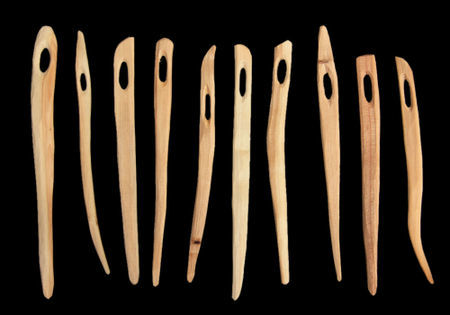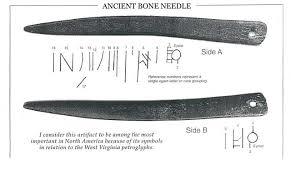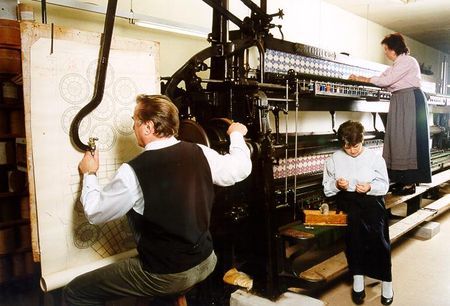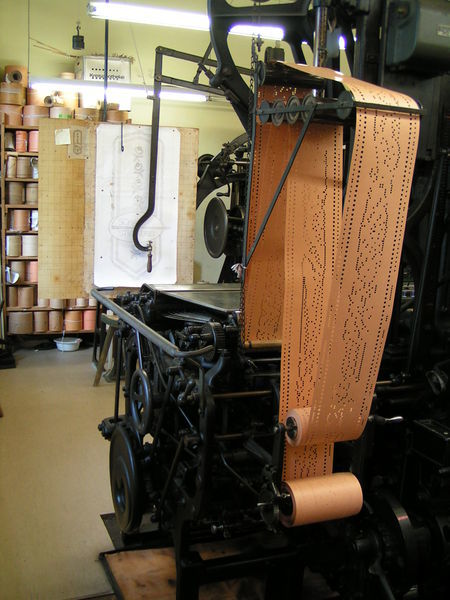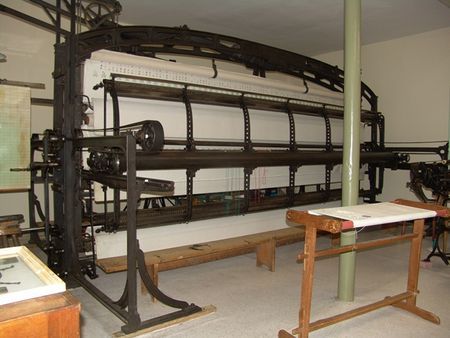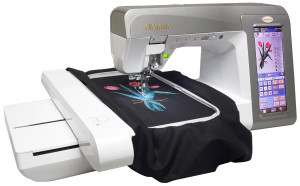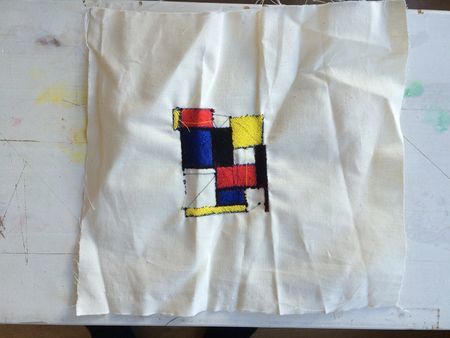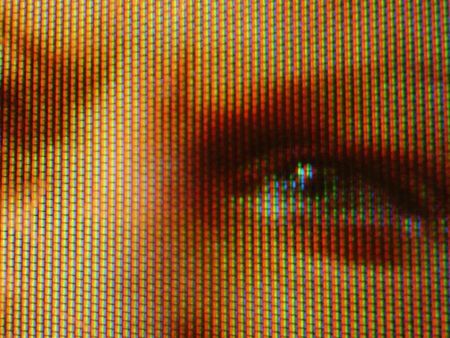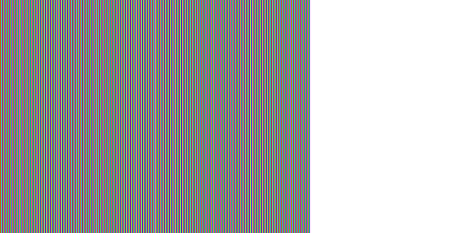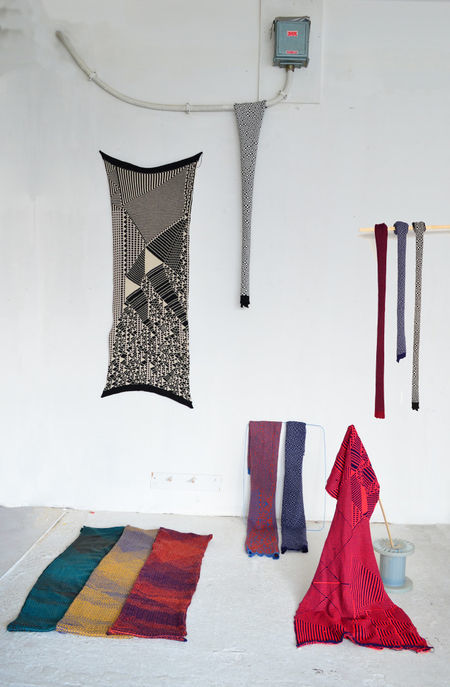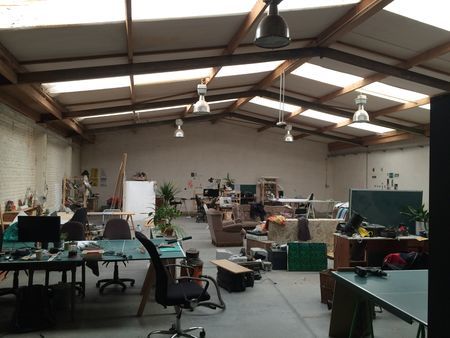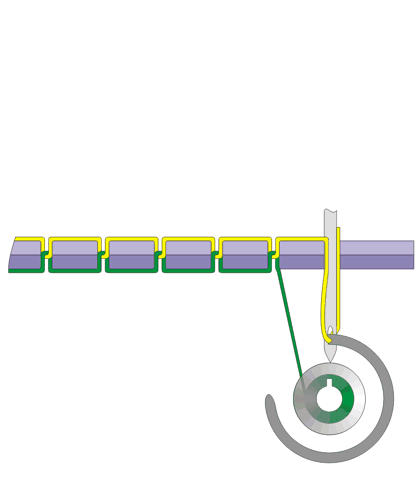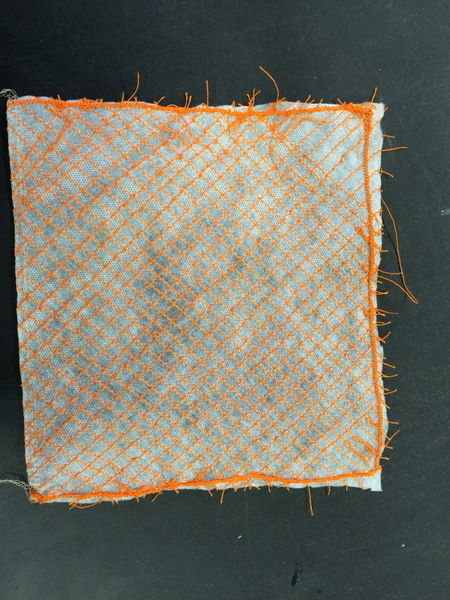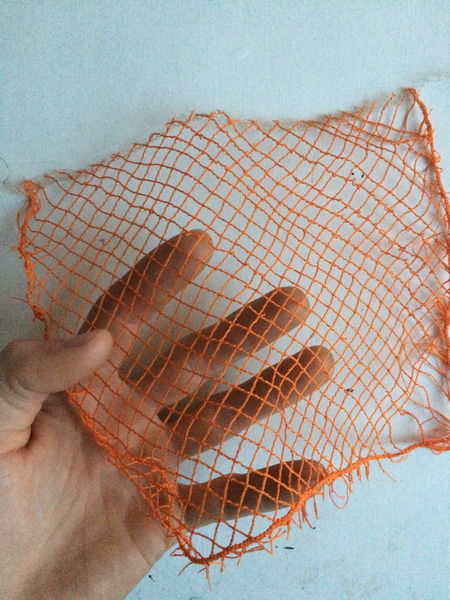User:Timreuser
My name is Tim Reuser and I'm a second years product design student at the WDKA. I choose the practise digital craft because I'm interested in learning more about the topic of craftsmanship and industry. I like the more theoretical approach this quarter offers and at the same time going to the workshop to test things hands-on. For me doing and learning is the same thing. The knowledge I gain from making things and reflecting on them is my biggest source of inspiration.
Contents
Embroidery
Technique; hand/ machine
First ideas/ tests
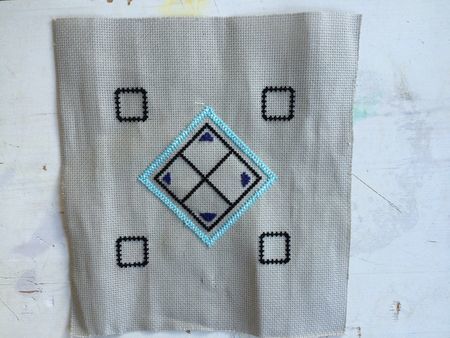
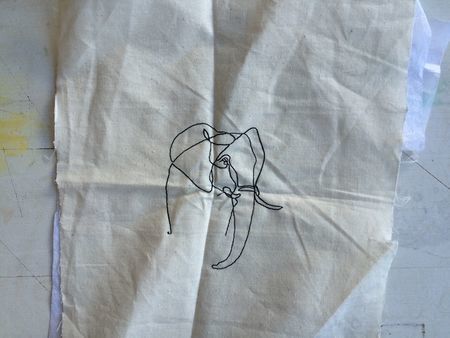
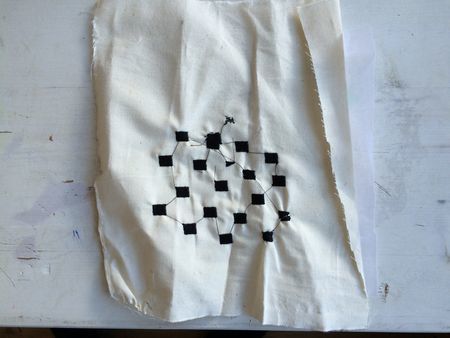
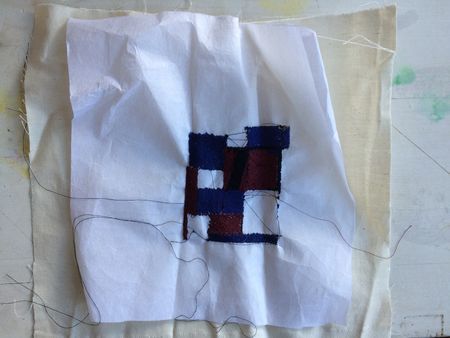
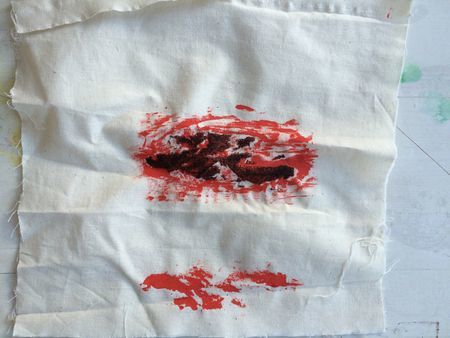
experiments with my new learnings
after doing some test with the embroidery machine I developed this idea that I perhaps imitate an old television screen using red/green/blue lines and making an image with this. Unfortunately the machine couldn't read the file because the lines were too near to each other.
masterclass clair williams
Claire had a really nice workspace. For her work she uses data and applies that to her textile works. Also the uses a program calles processing to come up with fractal textures. The thing that bothered me a little that the things that come out don't really communicate their making process. You really need to know what happend to understand what you are seeing. To me her designs felt quite random and maybe even a bit arbitrary.
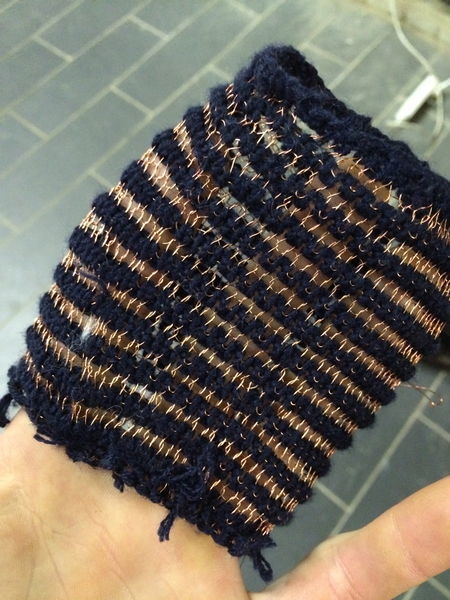 Using copper to knit. copper is conductive so perhaps it could be used to transfer electricity of heat.
Using copper to knit. copper is conductive so perhaps it could be used to transfer electricity of heat.
pushing to the limit
By studying the stitching machine I learned the the upper and the lower threads loop around each other. I figured that I could perhaps loose the binding material as long al the loops don't unwind. By crossing two layers of stitches I prevented the loops from unwinding.
